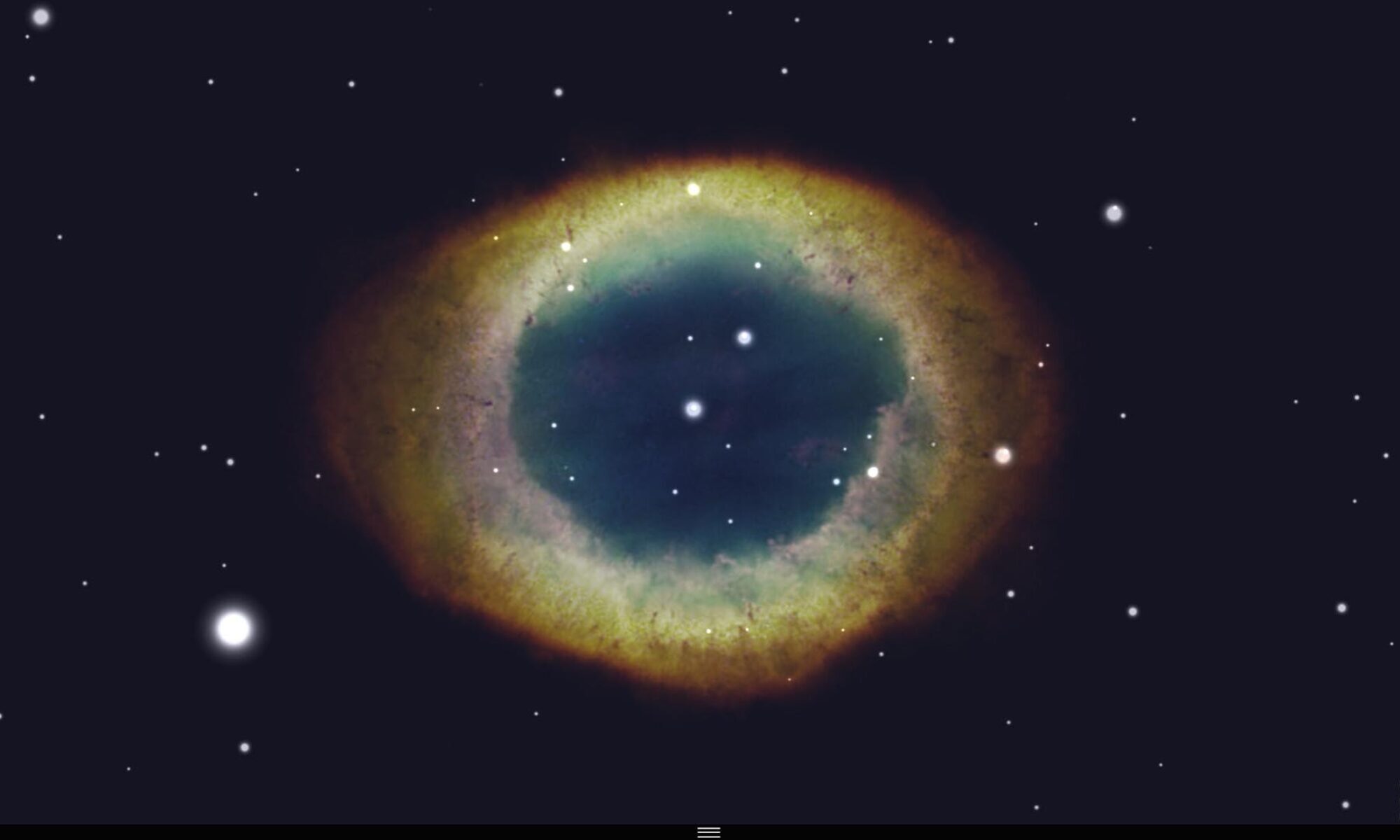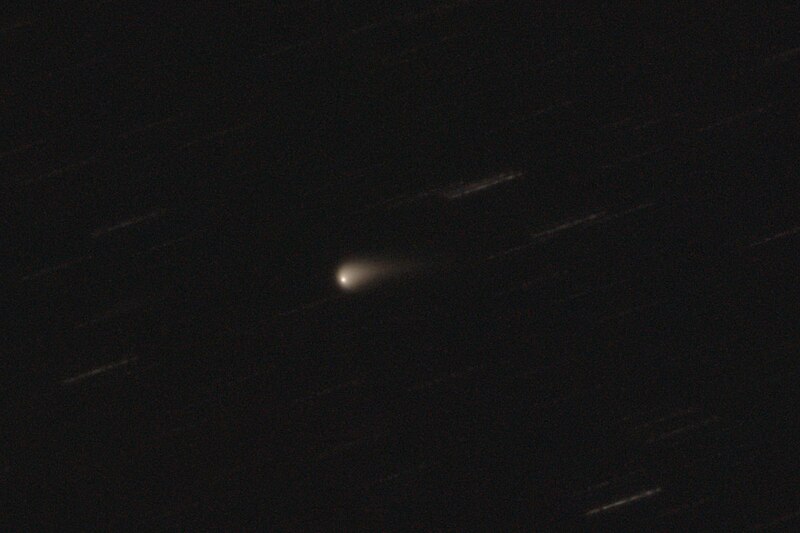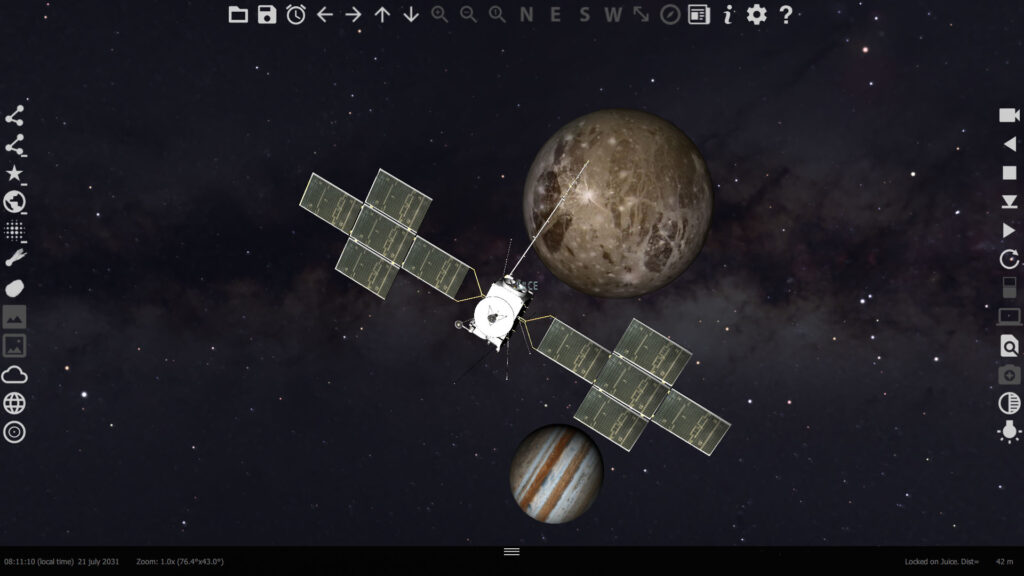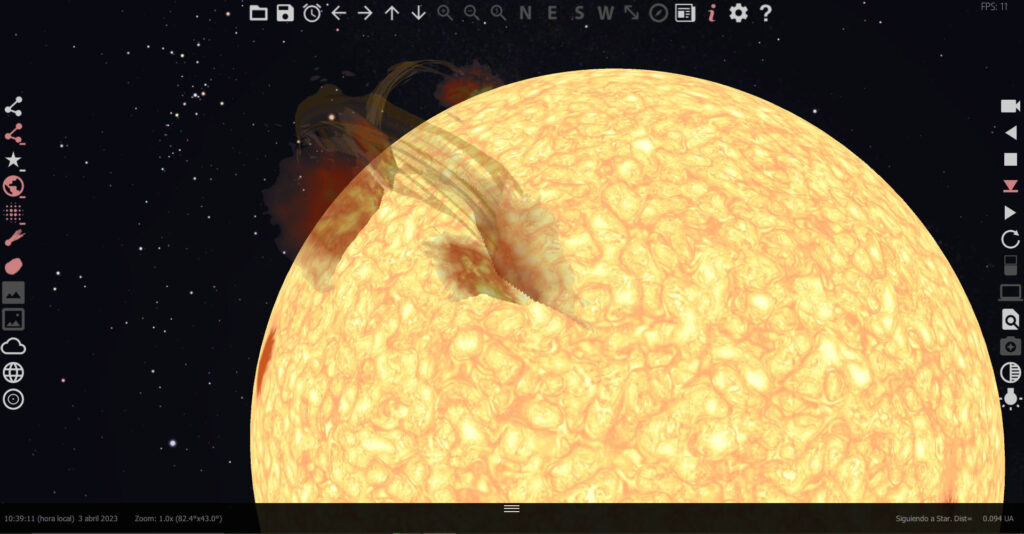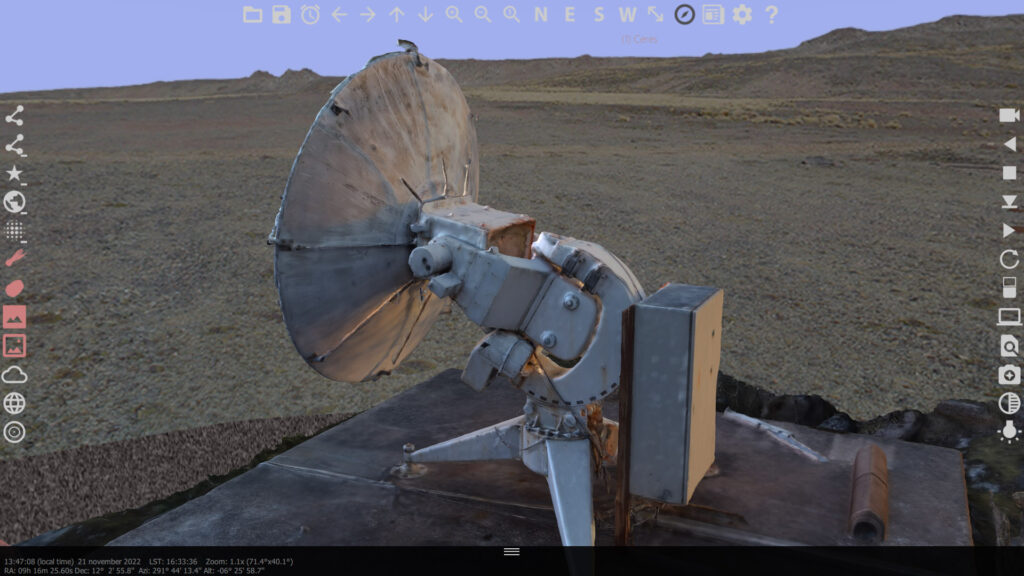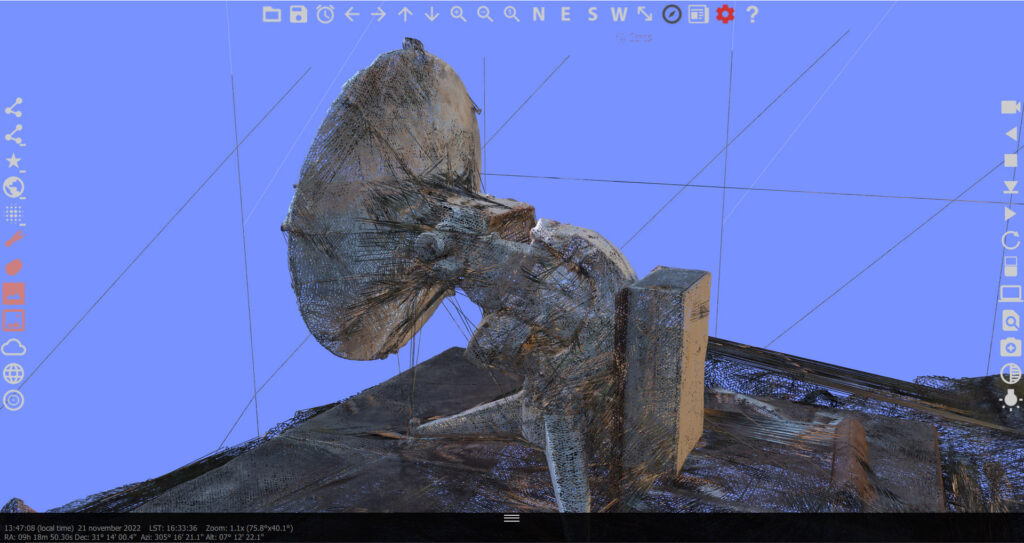Not a day goes by without us becoming acutely aware of the sprawling grip that tech giants have on our lives. These companies, many of which are less than 20 years old, have already reached market capitalizations exceeding $1 trillion—an amount comparable to the GDP of the Netherlands, the world’s 17th-largest economy.
This limitless accumulation of wealth extends to tech leaders like Elon Musk, whose personal fortune is estimated at $434 billion (as of 2024), making him the richest person on the planet.
These corporations thrive on analyzing and selling your preferences, interests, and online habits. This data collection is not just used to target the ads that flood your screen while you browse the internet. It also fuels the burgeoning artificial intelligence industry, which increasingly relies on human data to enhance its ability to replicate and perhaps one day replace you.
Today, we are all dependent on these digital technologies that, paradoxically, render us more vulnerable. Economist Cédric Durand refers to this phenomenon as “techno-feudalism,” a term he uses to describe this new form of domination over individuals, one that exacerbates inequalities and stifles productivity. While his thesis sparks debate, certain aspects of feudalism undeniably resonate with the ongoing digital revolution. Consider the unsettling fusion of politics and economics, the monopolies that eliminate alternatives, the unpaid labor on platforms, or the imposition of taxes without tangible benefits in return.
Durand elaborates:
“The crystallization of social surplus in the Cloud permeates individual lives, binding them as serfs were once bound to the soil of a feudal estate. […] Social life now takes root in the digital domain. The foundation of digital production relations is the dependence of individuals and organizations on structures exerting monopolistic control over data and algorithms. […] Major digital services are like fiefdoms from which there is no escape. This dependence of subordinate subjects on the digital domain is crucial because it enables the dominant players to capture economic surplus.” [1]
But these actors’ influence is not confined to the economic realm. From Facebook’s ambition to create its own currency to Elon Musk’s appointment as head of the U.S. Department of Government Efficiency, their reach now extends deeply into politics:
“Their rise is accompanied by a logic of Internet fragmentation. Platforms are becoming digital fiefdoms. […] The digital landscape organized by these platforms is fractured into rival, relatively independent infrastructures. Those who control these infrastructures concentrate both political and economic power over those who depend on them. The flip side of the surveillance logic inherent in algorithmic governance is the binding of subjects to the digital domain.” [1]
And as Asma Mhalla argues, this serves a deeper purpose: turning us all into obedient soldiers of their system. She explains:
“This convergence between technology and politics highlights the anthropological and political essence of technology. It is not fundamentally technical—or at least, from my perspective, that aspect is secondary. The core thesis I develop in Techno-politics is that contemporary technologies, which permeate every aspect of our daily lives, are inherently dual in nature: both civilian and military. Suddenly, the devices in our pockets, which seem entirely innocuous and have seamlessly integrated into our habits and even cognitive processes, reveal themselves to be far from neutral. They profoundly impact our cognition, geopolitical dynamics, and democratic values.
Because this ‘thing’ called a smartphone—a gateway to all these potentially dual-purpose applications—is in everyone’s pocket, we are simultaneously users, citizens, and potential targets.” [2]
Is it not time to free ourselves from their worldview, their values, and this system that pits everyone against each other? A system in which we are both producers and consumers of goods on the web, increasingly depoliticized, isolated, impoverished, manipulated, rated, surveilled, and subjected to the reign of fake news.
In truth, we are being dispossessed of ourselves.
Further reading:
-
- The Technological Society by Jacques Ellul (Economica Publishing)
- Harvests and Sowings by Alexandre Grothendieck (Gallimard Publishing)
[1] Techno-feudalism: A Critique of the Digital Economy by Cédric Durand (La Découverte Publishing)
[2] Asma Mhalla, interview regarding her book Techno-politics: How Technology Turns Us Into Soldiers (Seuil, 2024)
